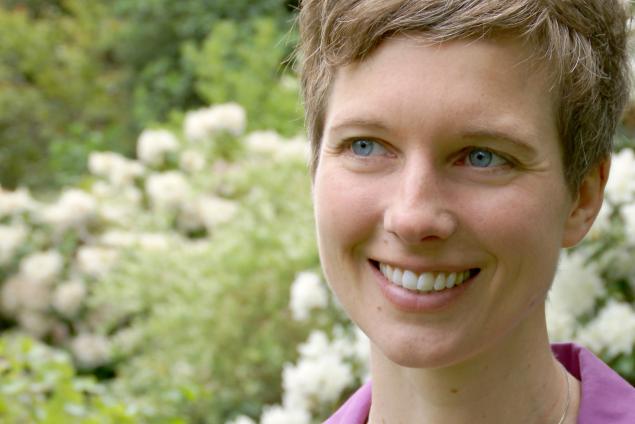Scroll to Section:
It has been known since the 1980s that sugars are central to the growth of plants. High levels of carbohydrates enable the plant to assimilate nitrogen to increase amino acid synthesis which then enables them to make proteins more quickly which, in turn, allows the plant to grow faster. It is still unclear, however, how plants sense their levels of carbohydrates and how they regulate their metabolism and growth based on this information. As MARK STITT explains in this video, he and his fellow researchers studied the compound trehalose 6-phosphate (T6P) that plays an important role in carbohydrate sensing in plants. To investigate this mechanism the researchers developed methods to measure the levels of T6P as well as many other compounds and the rate at which they are being made. Introducing a mutation in the plants that increases the level of T6P at a certain point enabled the scientists to monitor the effects of the changes. The findings confirm the essential role of T6P in carbohydrate sensing and the regulation of the plant’s metabolism. The results are important as they show a way to improve plant growth and help to understand how plant behavior is determined.
DOI:
https://doi.org/10.21036/LTPUB10339
Institution
Max Planck Institute for Molecular Plant Physiology
The Max Planck Institute of Molecular Plant Physiology (MPI-MP) was founded in 1994, as one of 18 institutes on the territory of the former GDR. The founding director was Prof. Dr. Dr. h.c. Lothar Willmitzer, who is the director of one of the three departments which have been established since then. From originally only 16 employees the institute grew into a large institute, which now employs about 360 people from all over the world, who put their combined efforts into elucidating the secrets of plants.
Original publication
Trehalose 6-phosphate Coordinates Organic and Amino Acid Metabolism with Carbon Availability
The Plant Journal
Published in 2015
Beyond
A Ground-breaking Scientific Revolution
An Alarming Challenge for Society
If I Had a Second Life
A Personal Reading Recommendation




